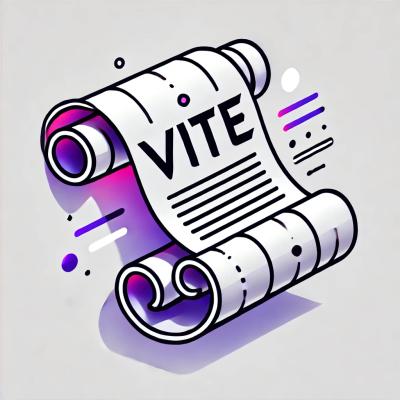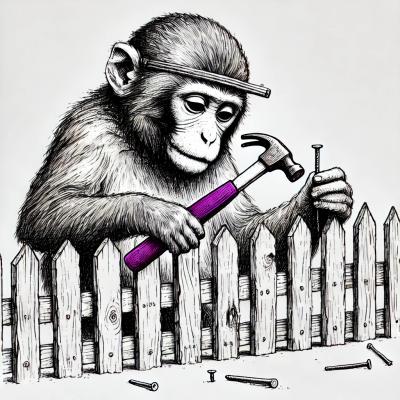
Security News
Vite Releases Technical Preview of Rolldown-Vite, a Rust-Based Bundler
Vite releases Rolldown-Vite, a Rust-based bundler preview offering faster builds and lower memory usage as a drop-in replacement for Vite.
nearest-color
Advanced tools
Supply Chain Security
Vulnerability
Quality
Maintenance
License
Find the nearest color given a predefined list of colors.
var colors = {
red: '#f00',
yellow: '#ff0',
blue: '#00f'
};
var nearestColor = require('nearest-color').from(colors);
nearestColor('#800'); // => { name: 'red', value: '#f00', rgb: { r: 255, g: 0, b: 0 }, distance: 119 }
nearestColor('#ffe'); // => { name: 'yellow', value: '#ff0', rgb: { r: 255, g: 255, b: 0 }, distance: 238 }
Finding the nearest color is a specific case of the "nearest neighbor search" (or NNS) problem. The predefined colors can be thought of as points in 3D space where the X, Y, and Z axes represent each color's red, green, and blue (RGB) values. So finding the nearest color to any given value amounts to finding the closet neighbor to the point where that color would reside when plotted in such a 3D space.
From the Wikipedia article on the subject:
The simplest solution to the NNS problem is to compute the distance from the query point to every other point in the database, keeping track of the "best so far". This algorithm, sometimes referred to as the naive approach, has a running time of O(Nd) where N is the cardinality of S and d is the dimensionality of M. There are no search data structures to maintain, so linear search has no space complexity beyond the storage of the database. Naive search can, on average, outperform space partitioning approaches on higher dimensional spaces.
This library uses the naive approach, which is hard to beat. Performance should be totally fine unless there are many pre-defined colors to search (and even then, it will probably only matter if you're calling nearestColor a ton of times).
The most realistic optimization that could be made here would probably be to cache results so that multiple calls for the same color can return immediately.
FAQs
Find the nearest color
The npm package nearest-color receives a total of 35,108 weekly downloads. As such, nearest-color popularity was classified as popular.
We found that nearest-color demonstrated a not healthy version release cadence and project activity because the last version was released a year ago. It has 1 open source maintainer collaborating on the project.
Did you know?

Socket for GitHub automatically highlights issues in each pull request and monitors the health of all your open source dependencies. Discover the contents of your packages and block harmful activity before you install or update your dependencies.

Security News
Vite releases Rolldown-Vite, a Rust-based bundler preview offering faster builds and lower memory usage as a drop-in replacement for Vite.

Research
Security News
A malicious npm typosquat uses remote commands to silently delete entire project directories after a single mistyped install.

Research
Security News
Malicious PyPI package semantic-types steals Solana private keys via transitive dependency installs using monkey patching and blockchain exfiltration.